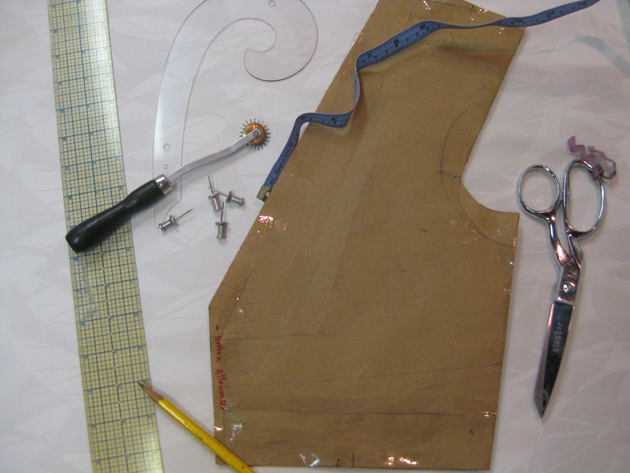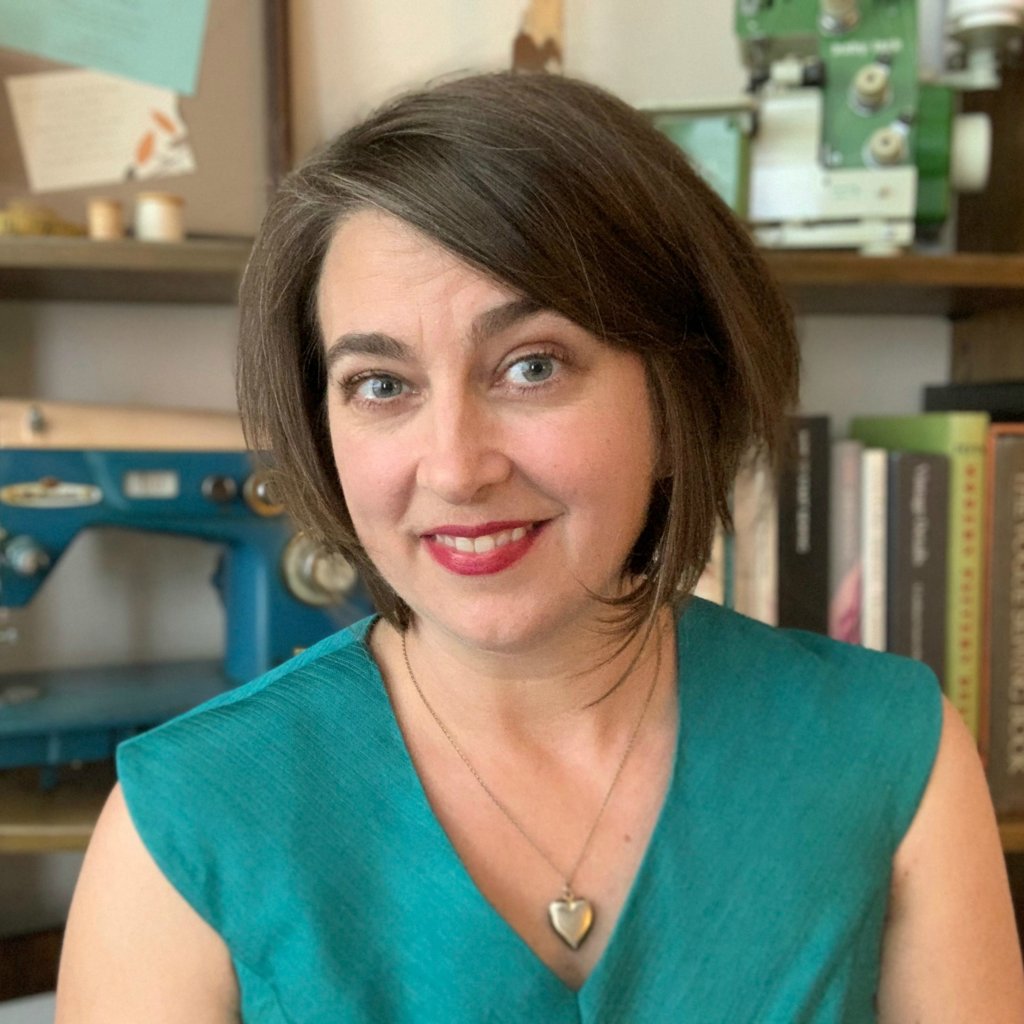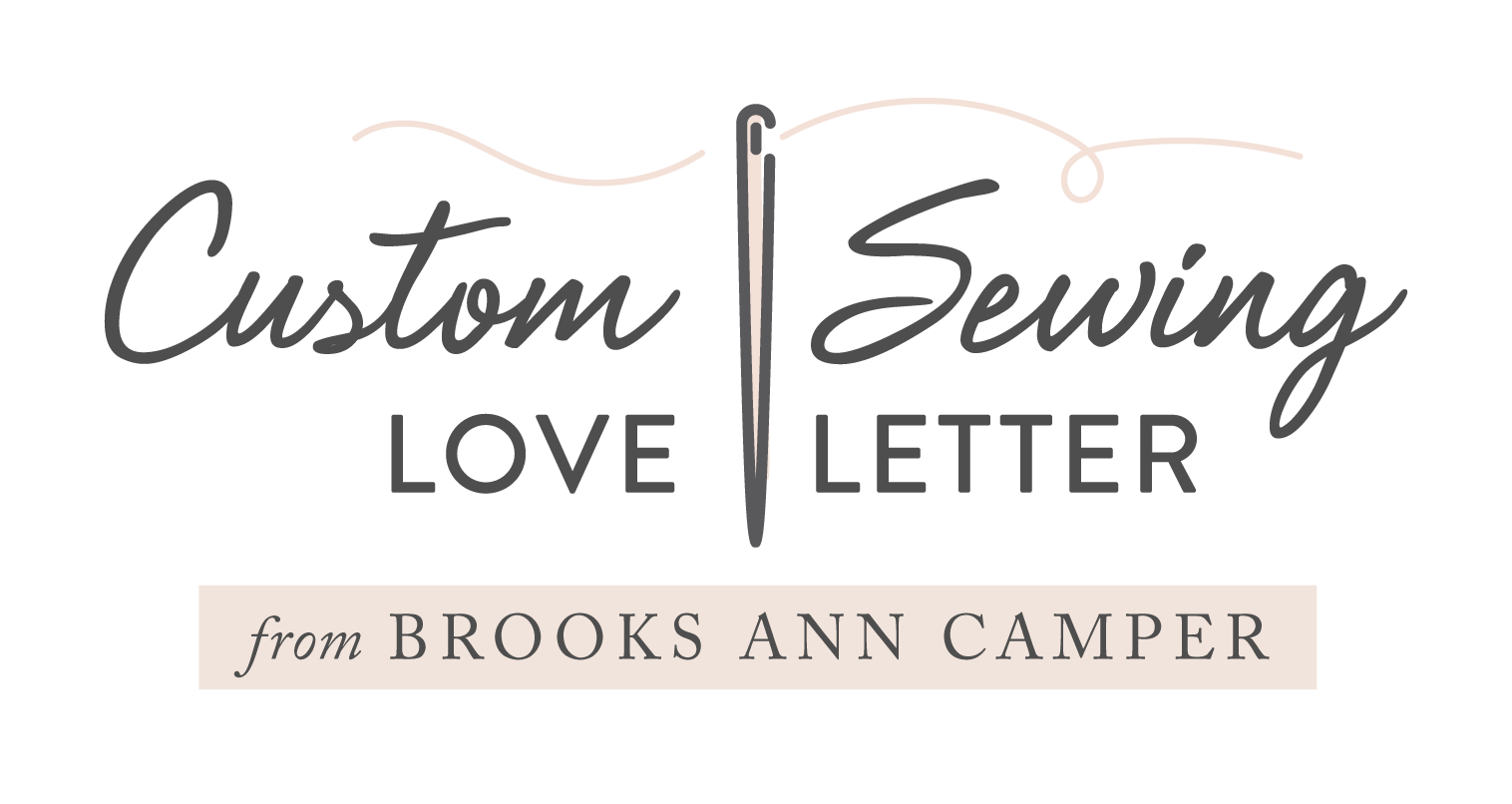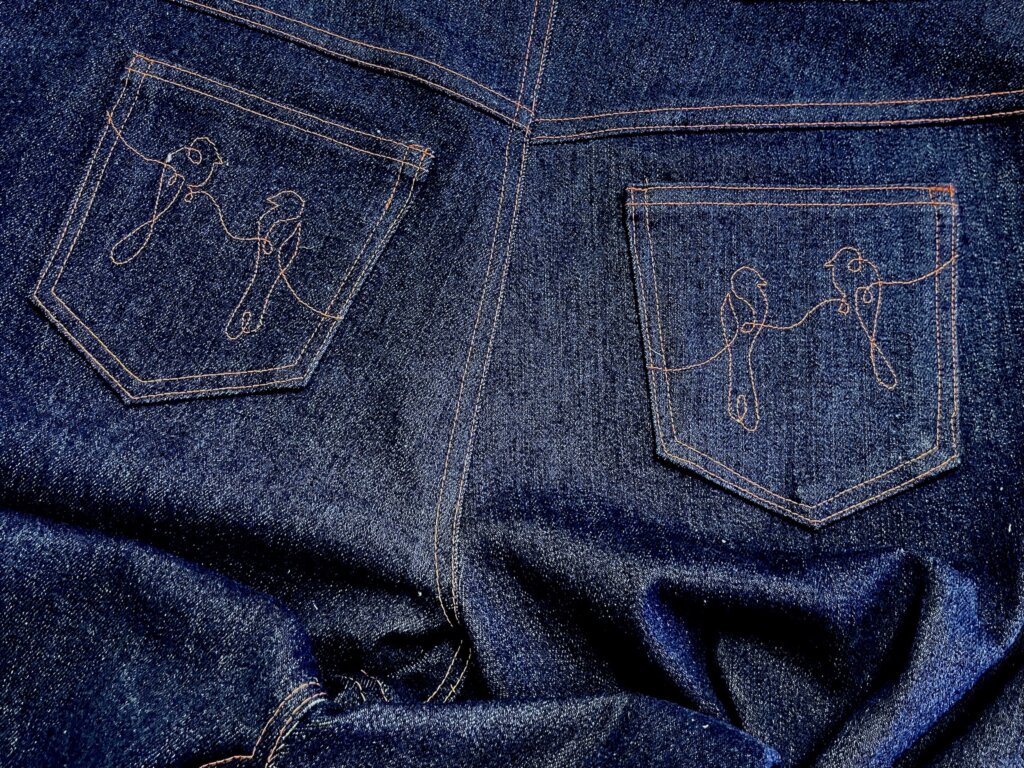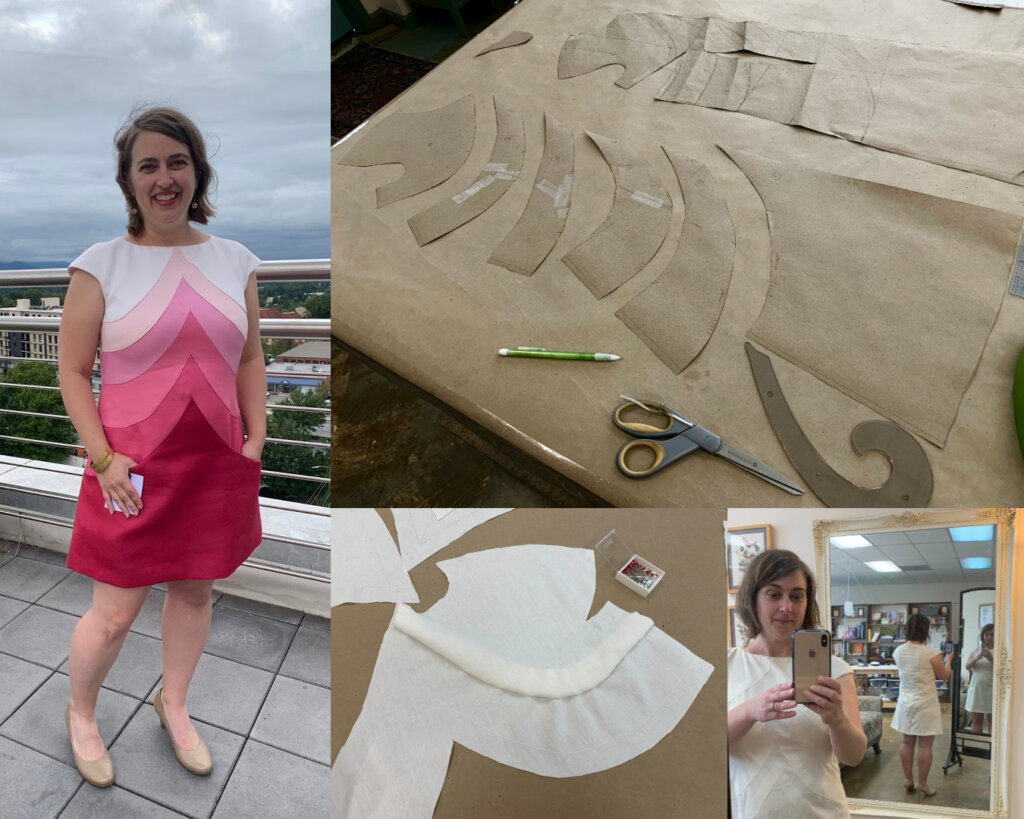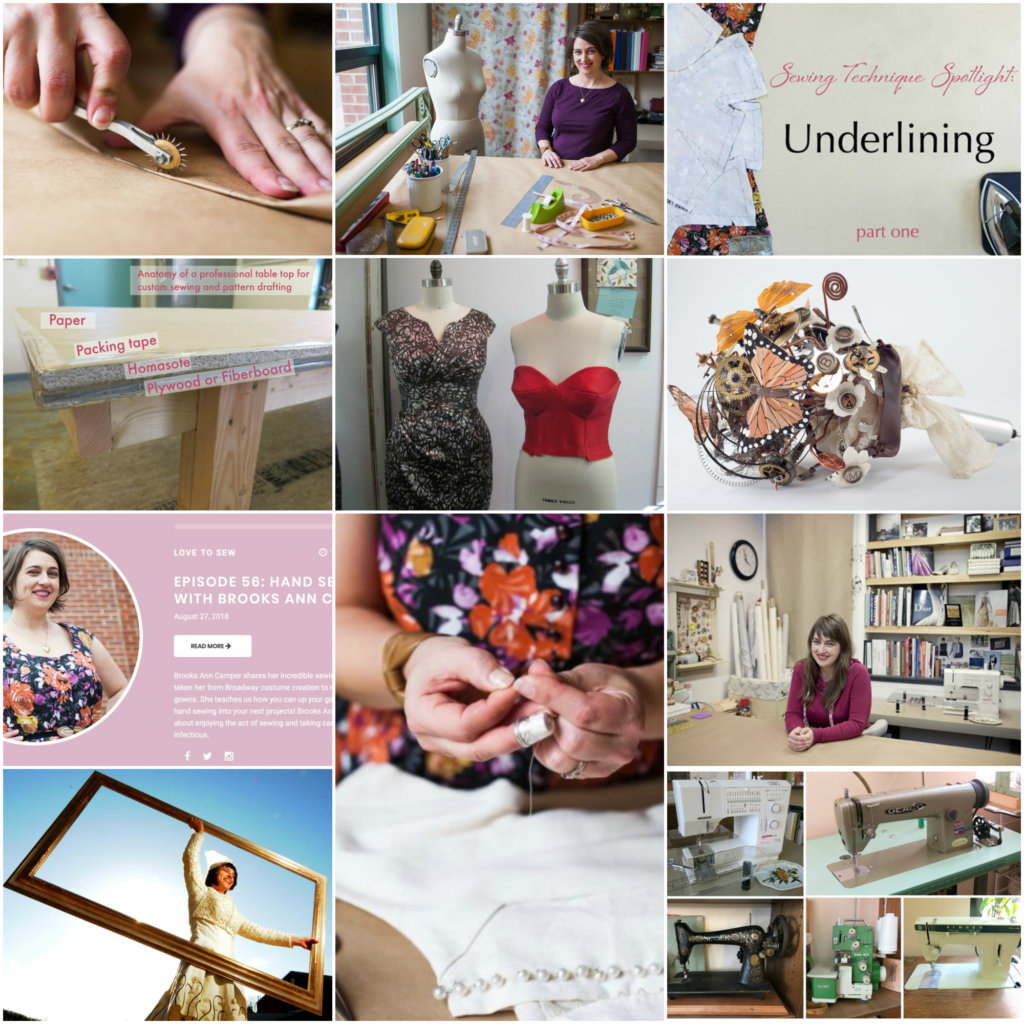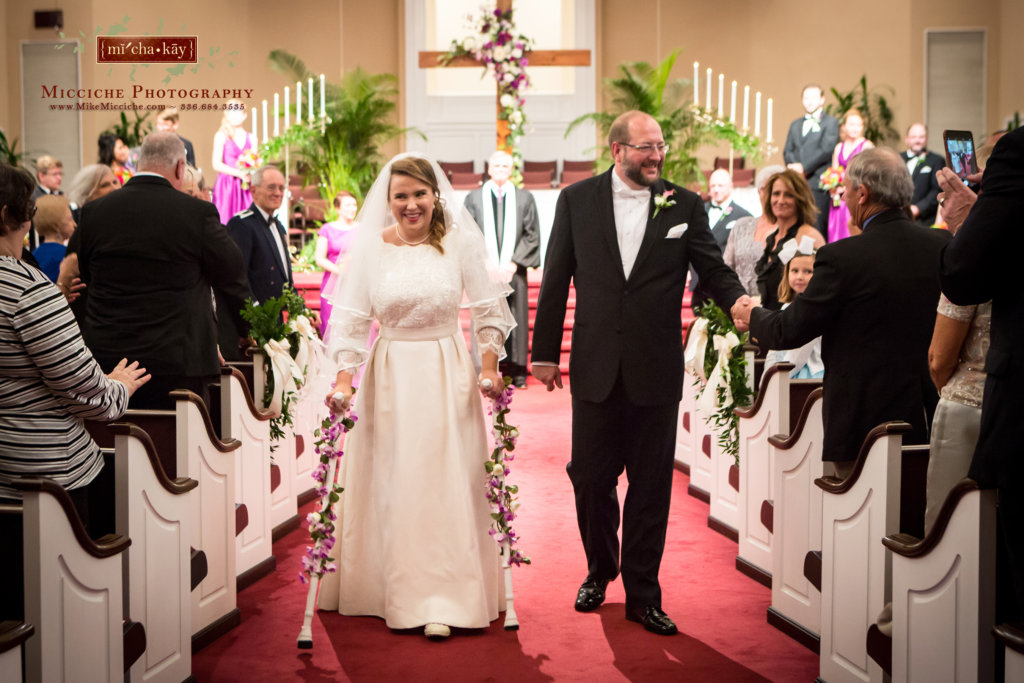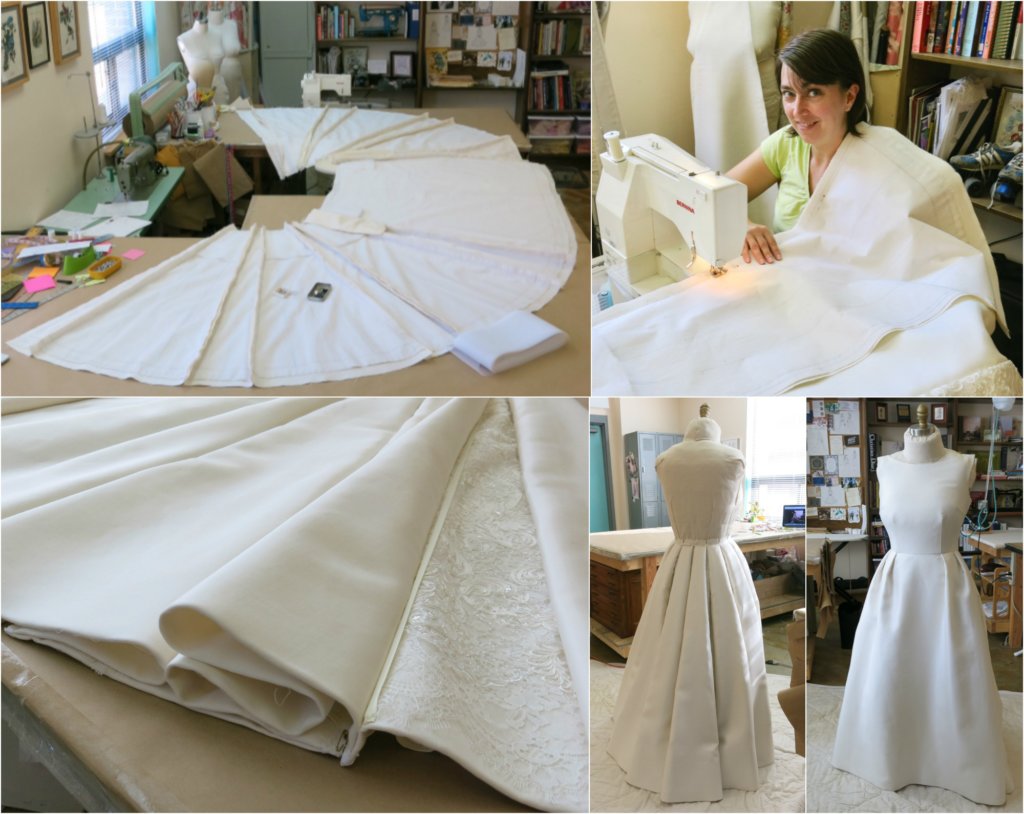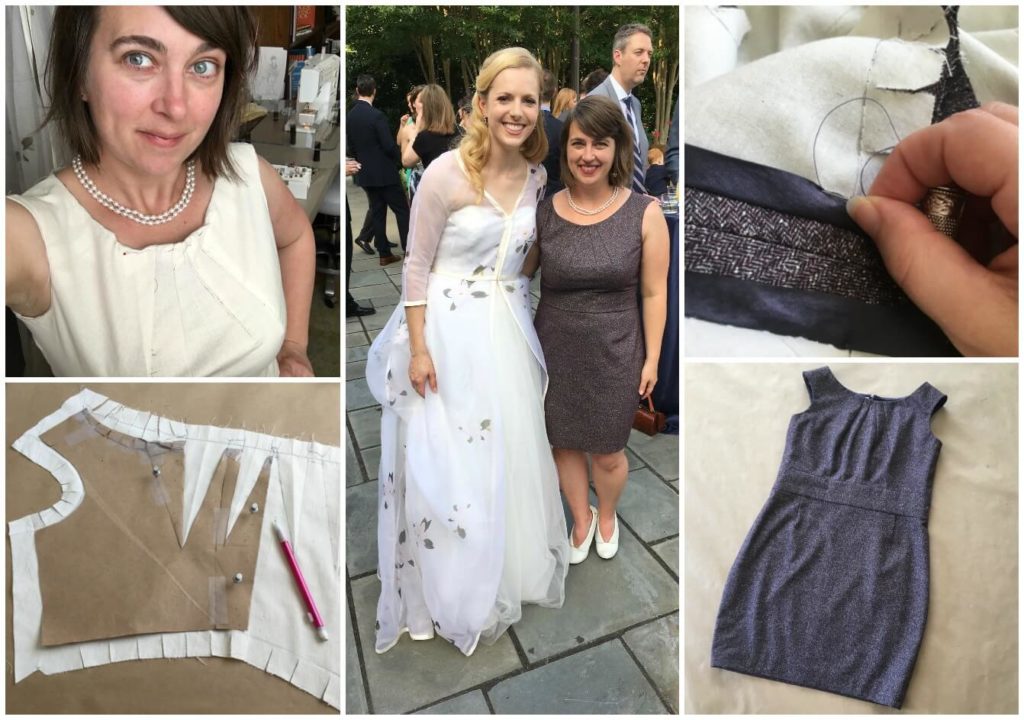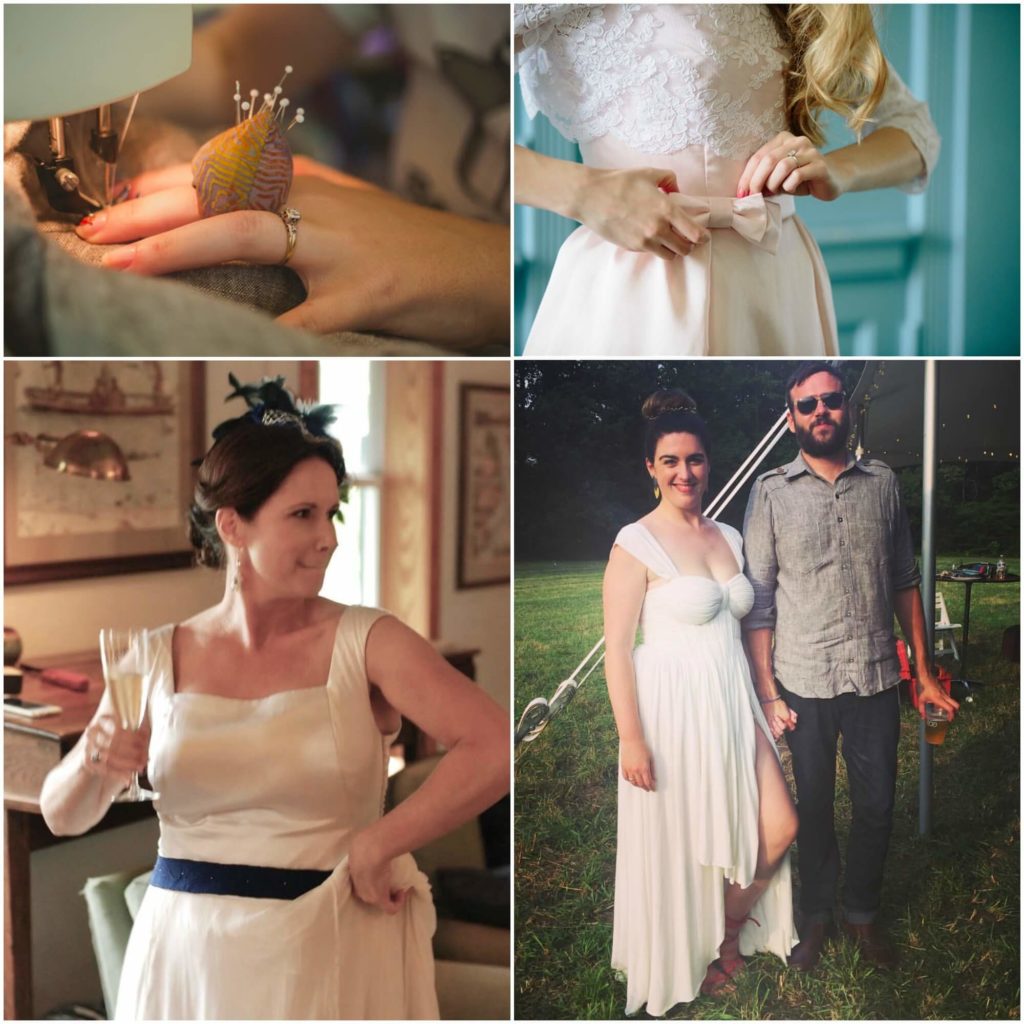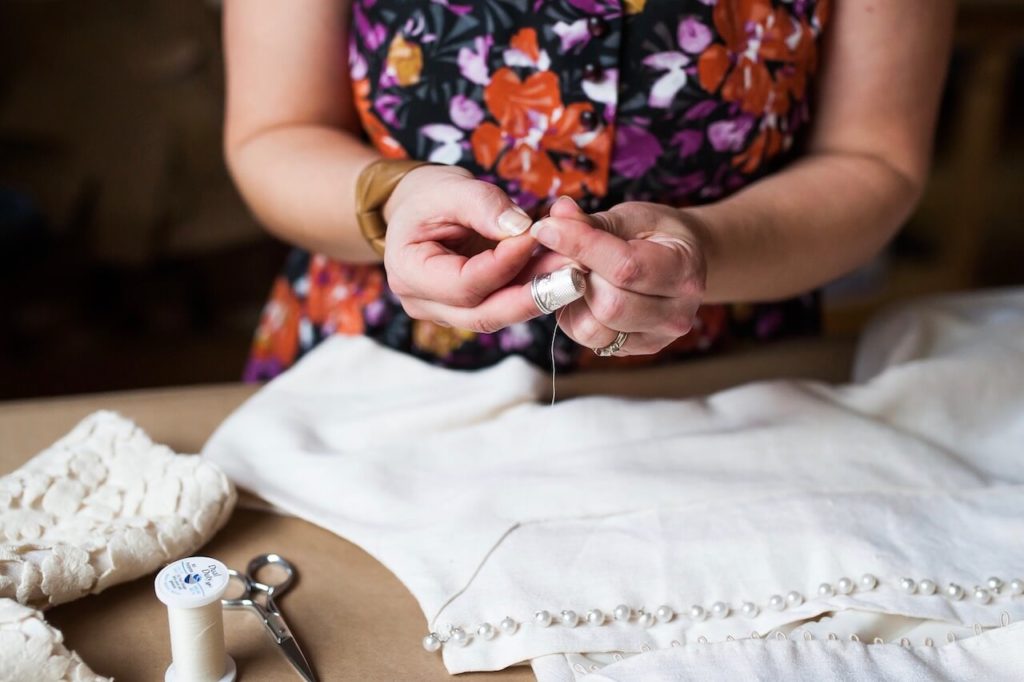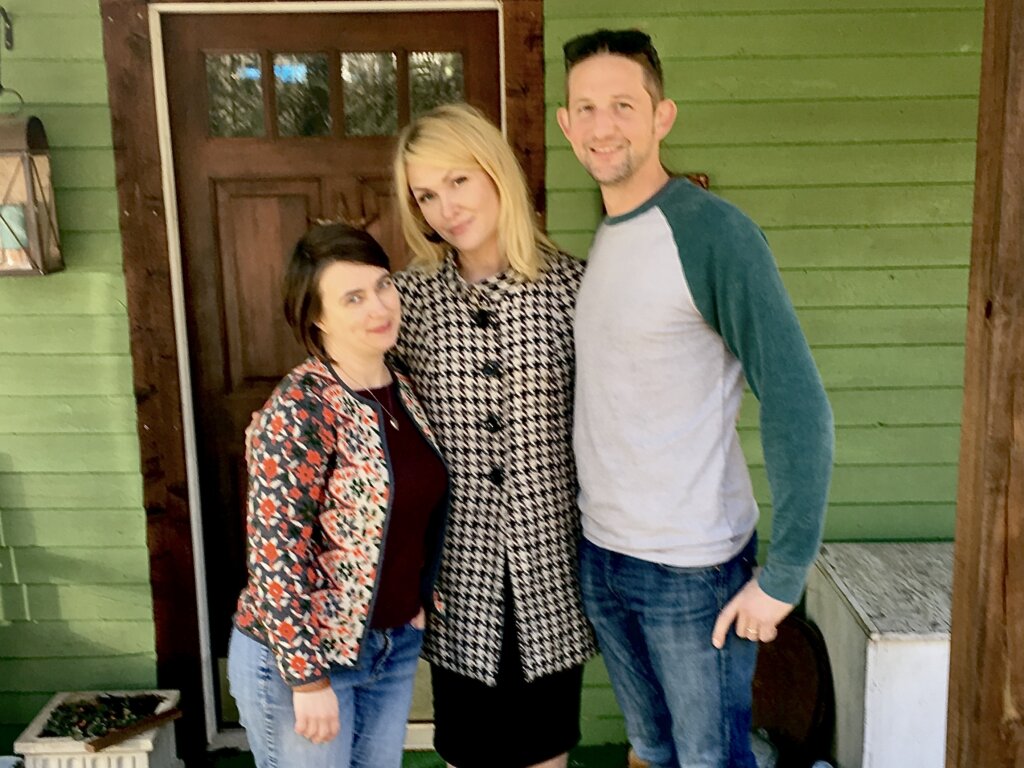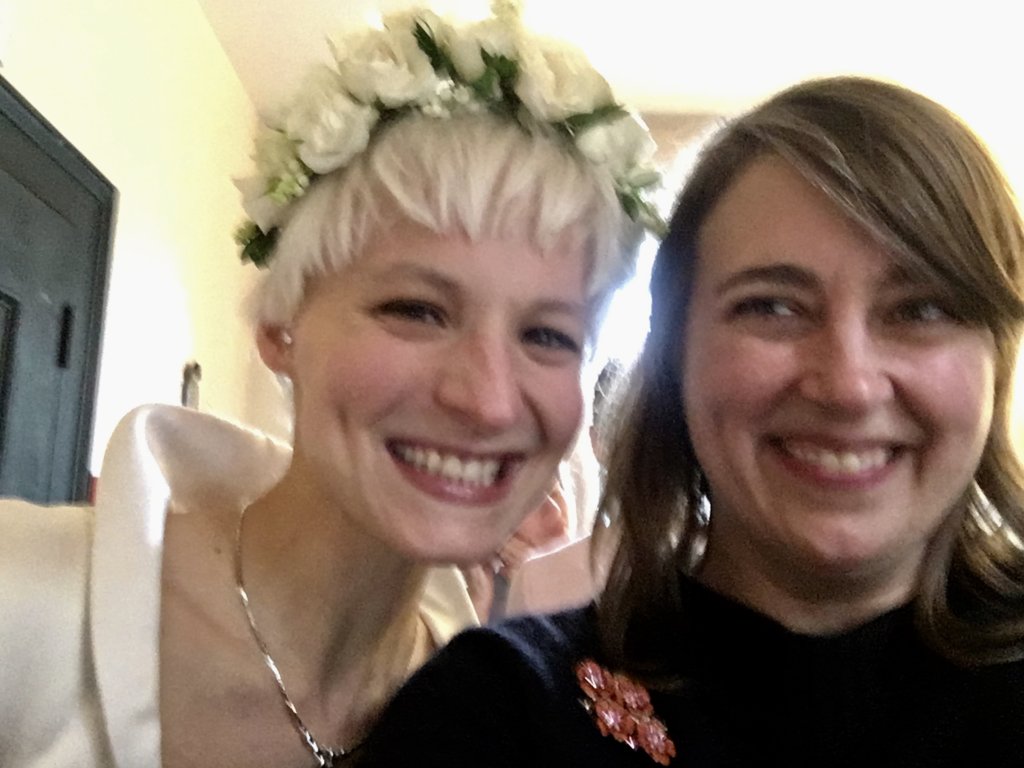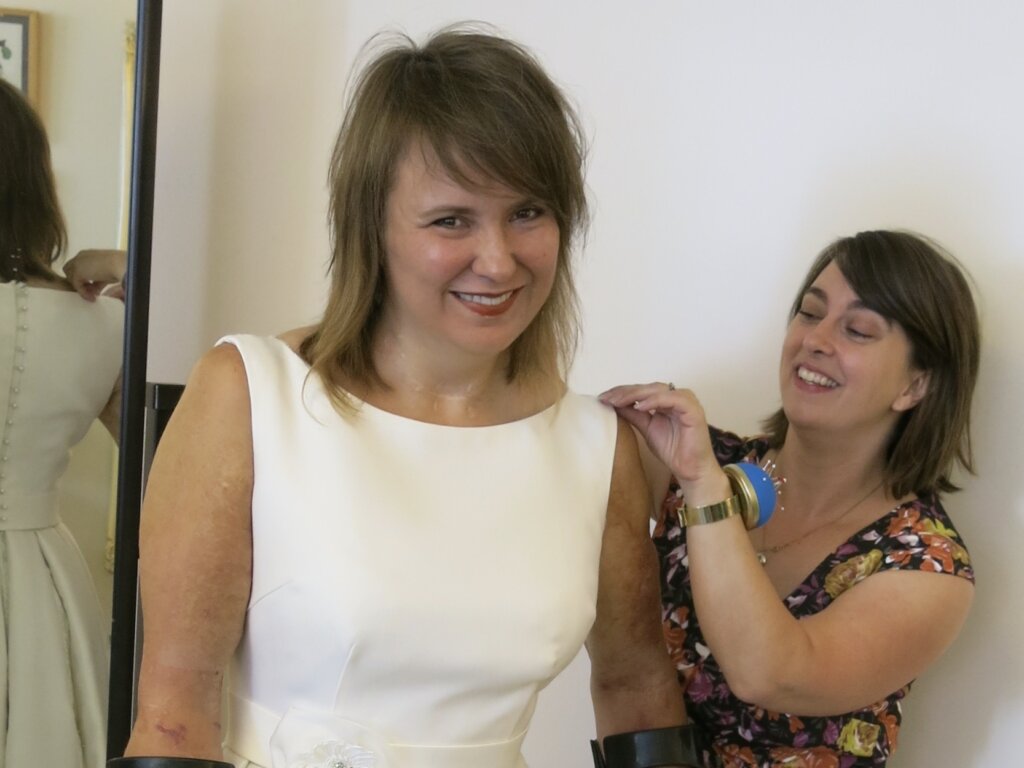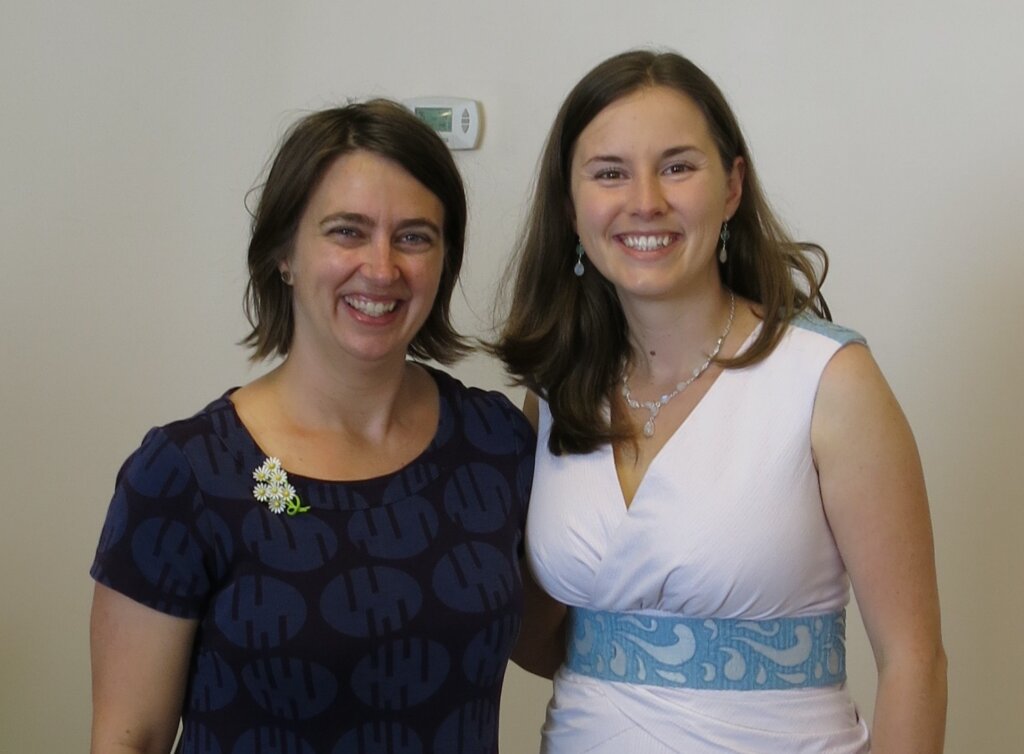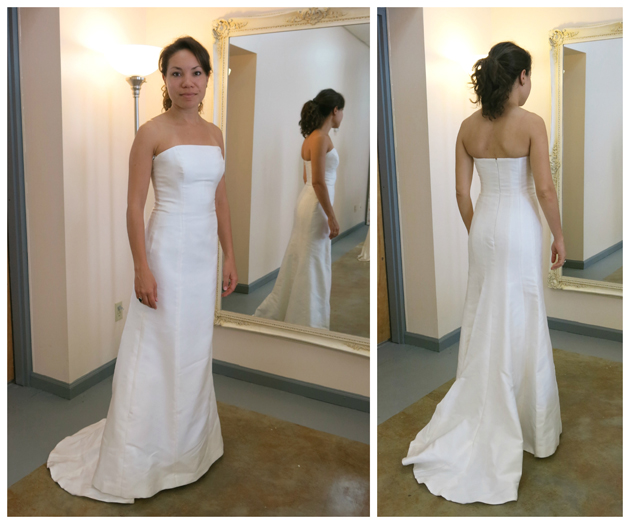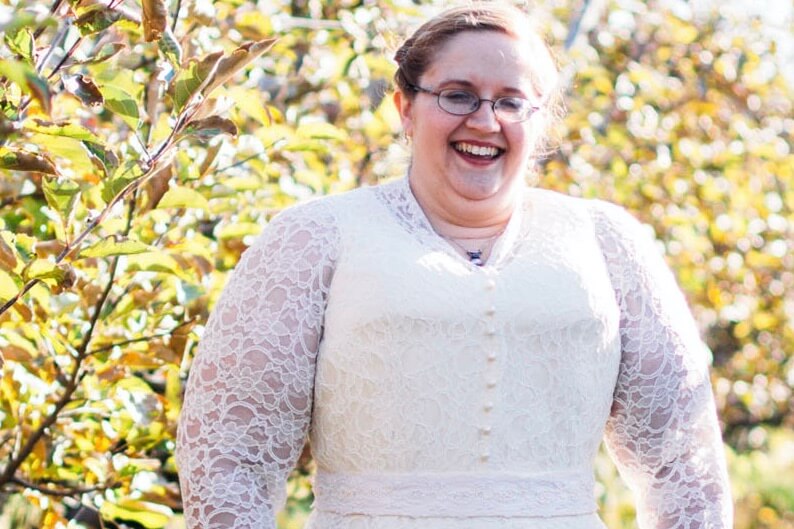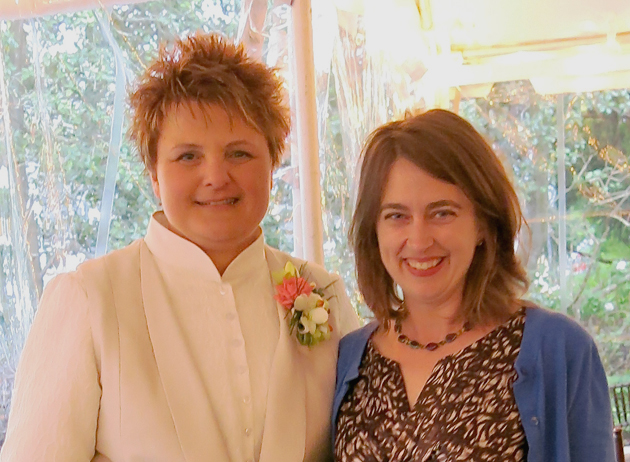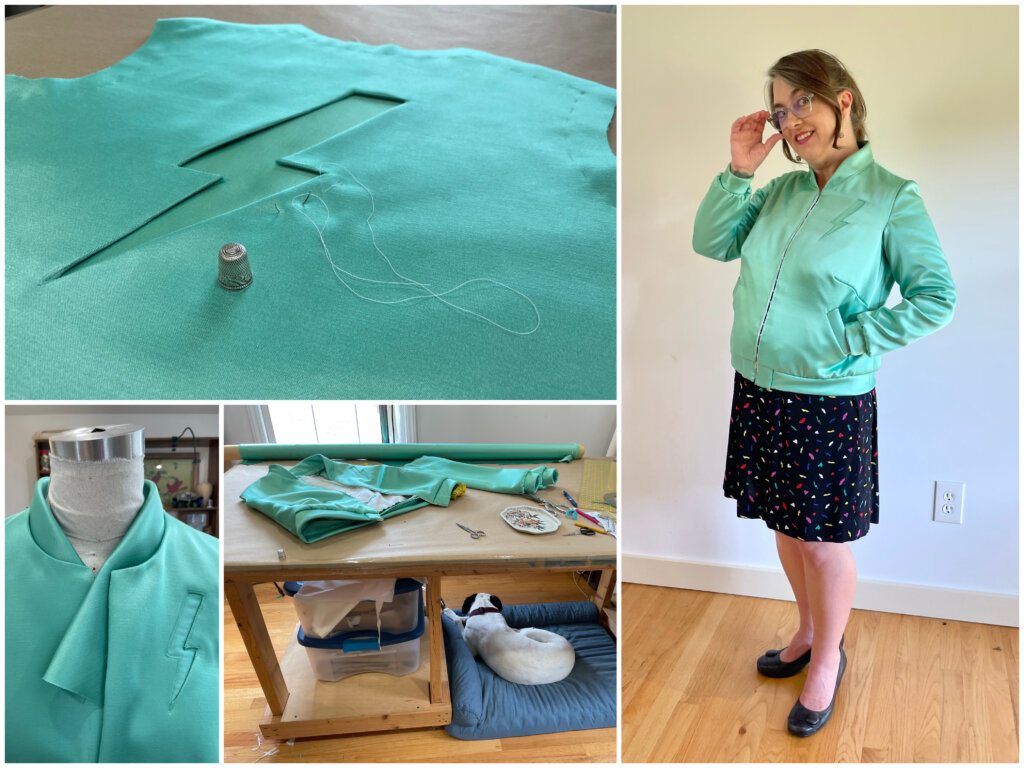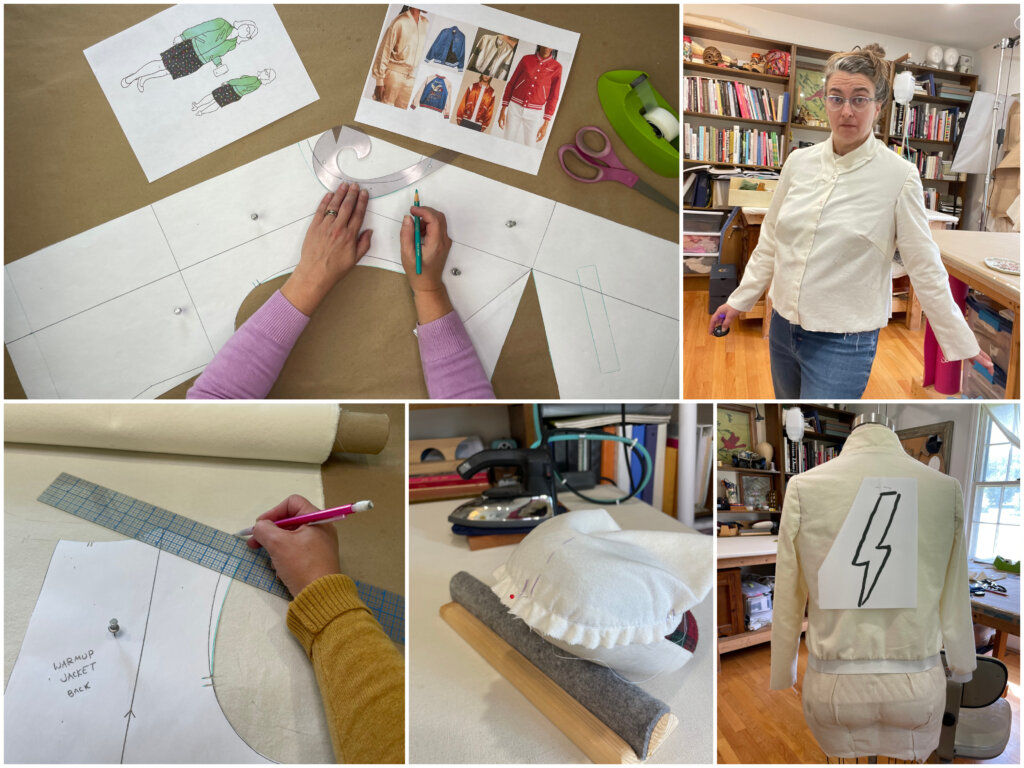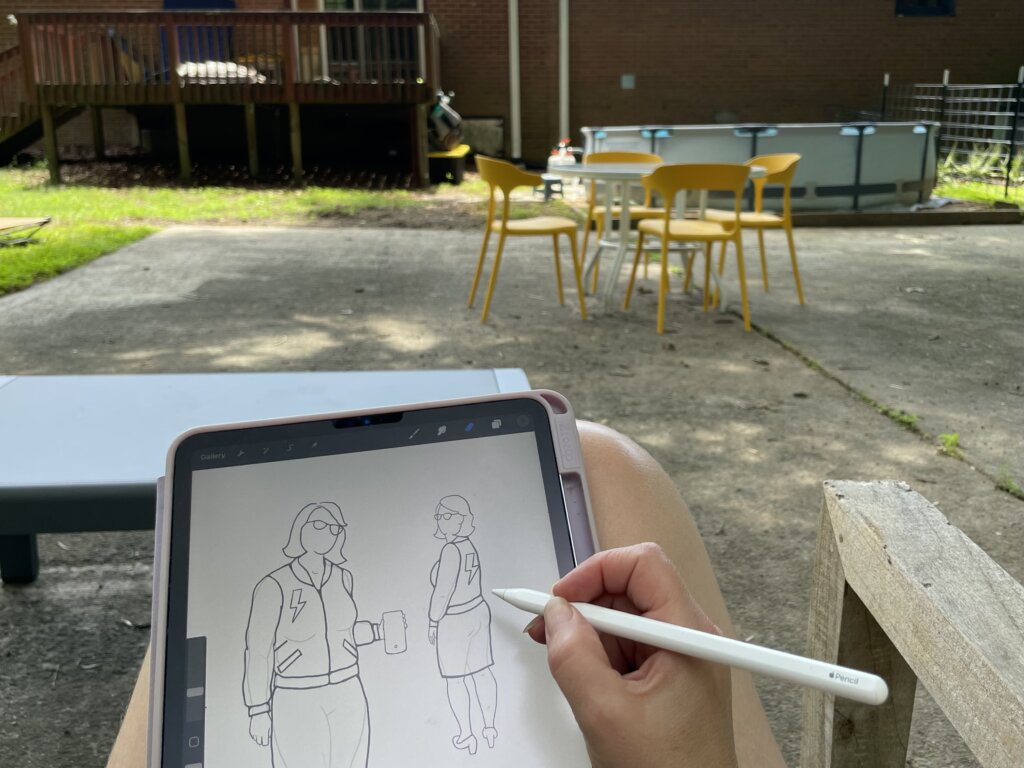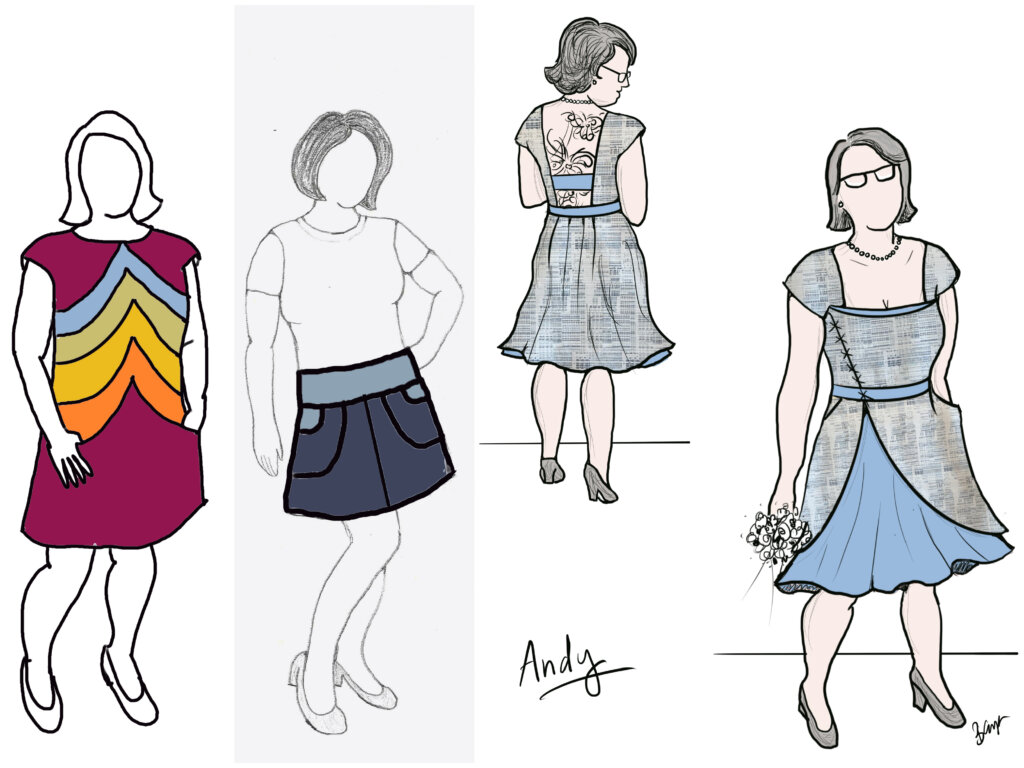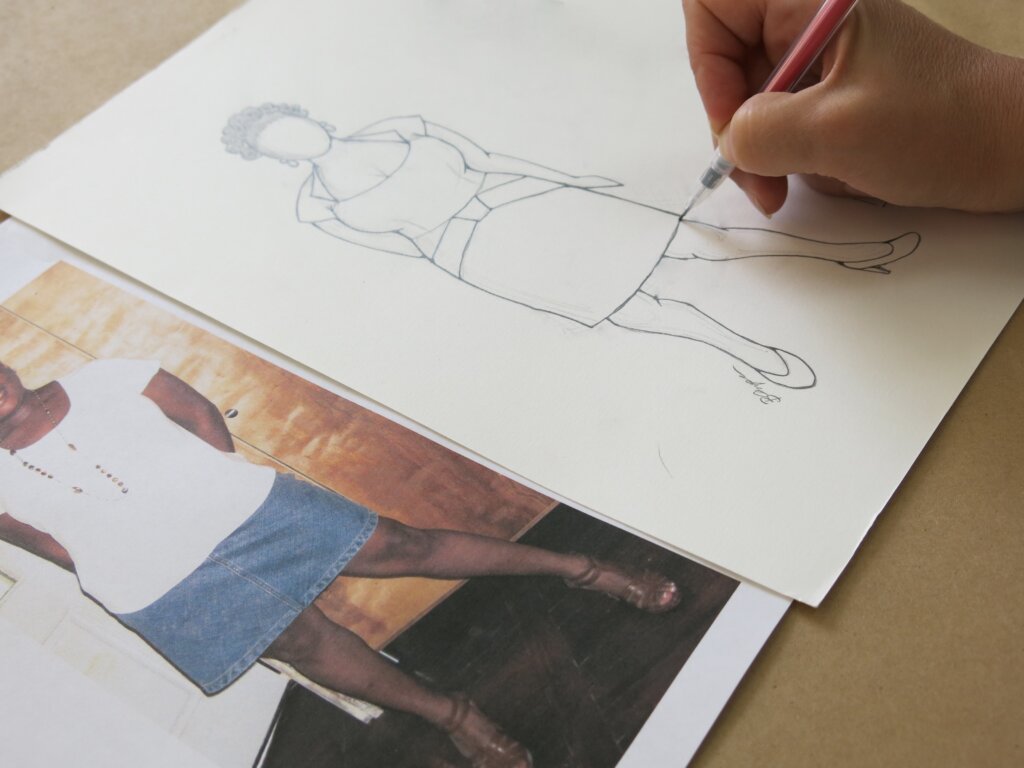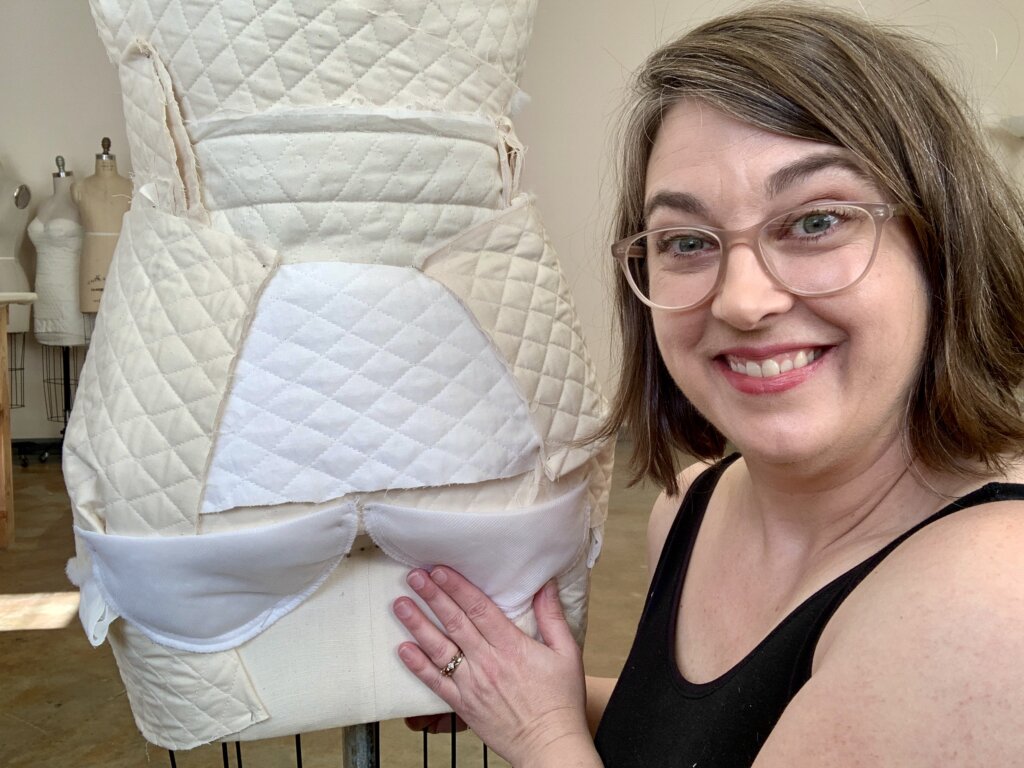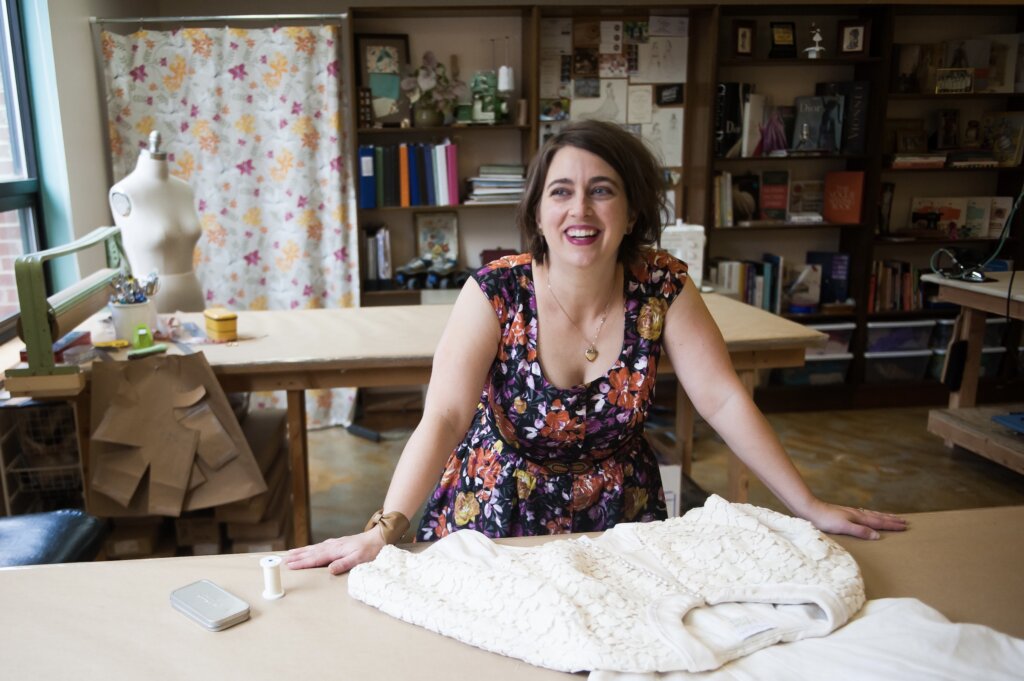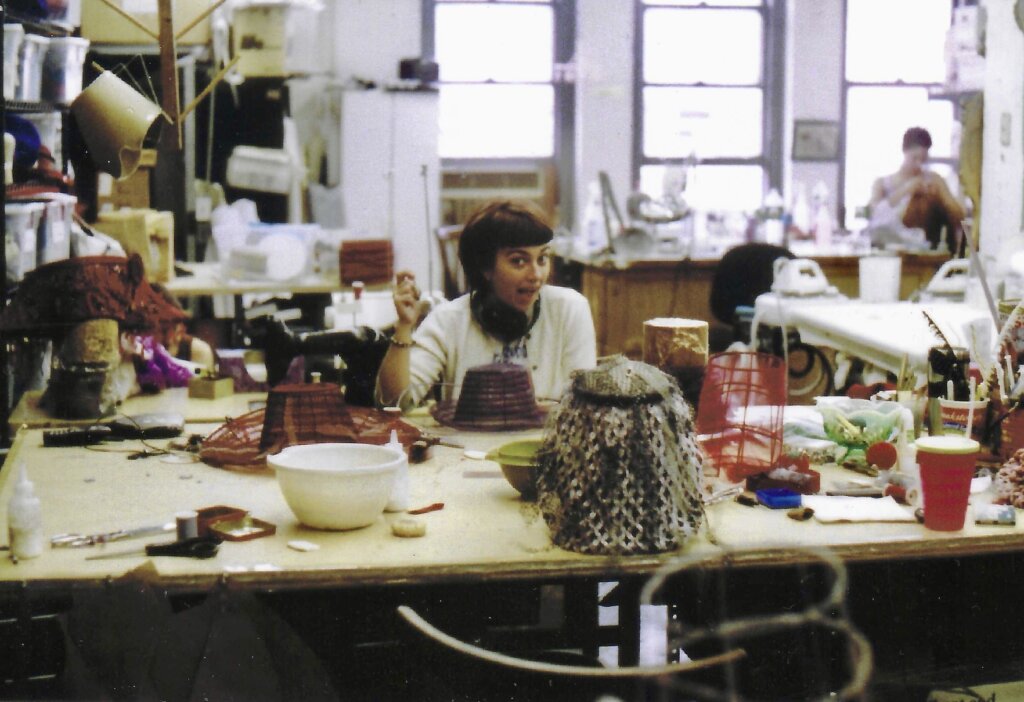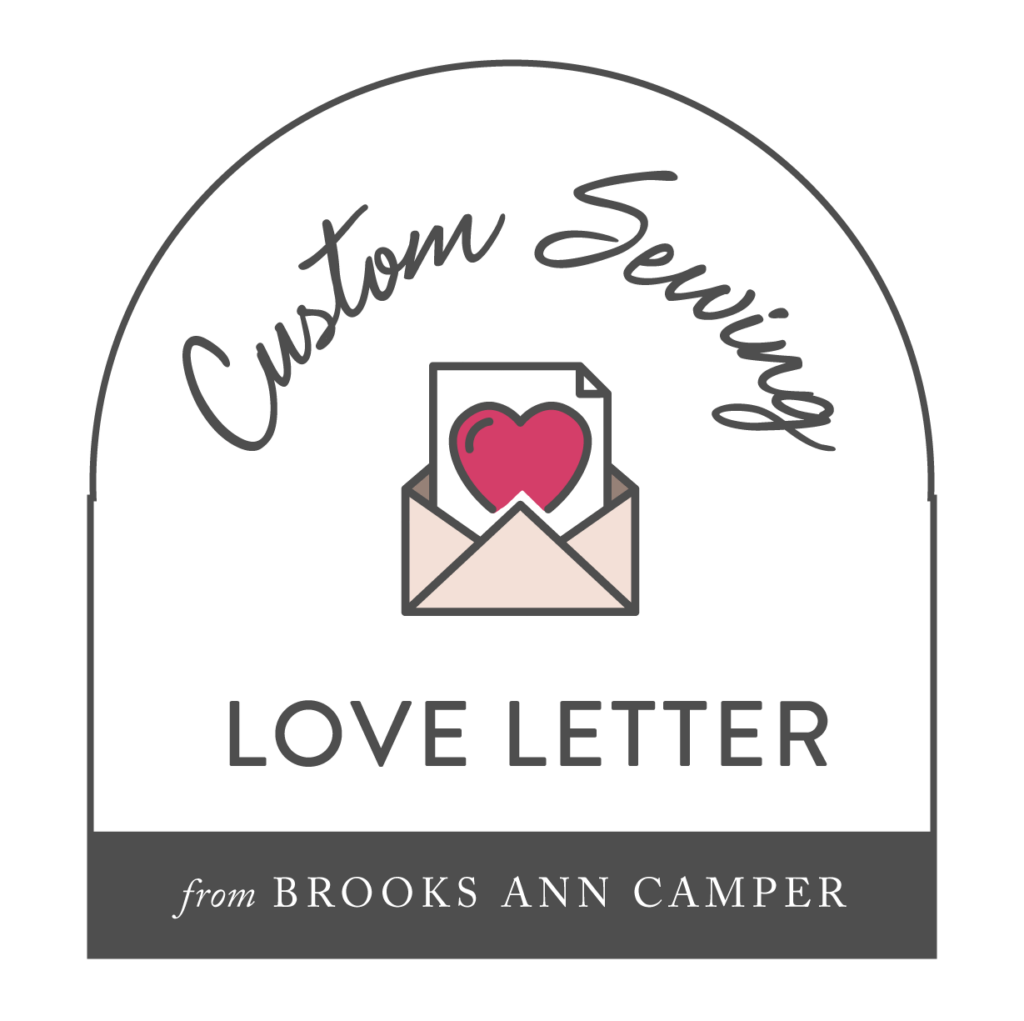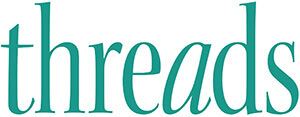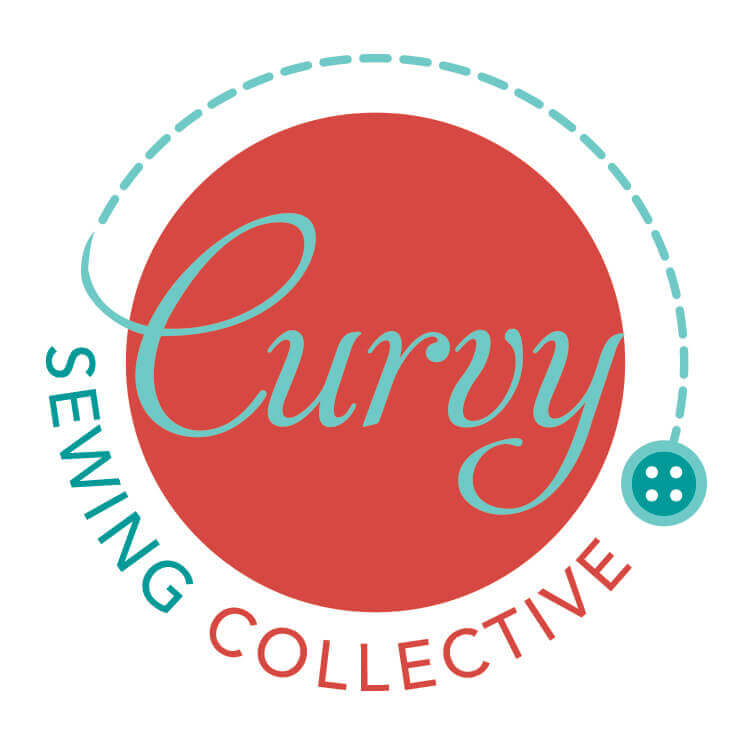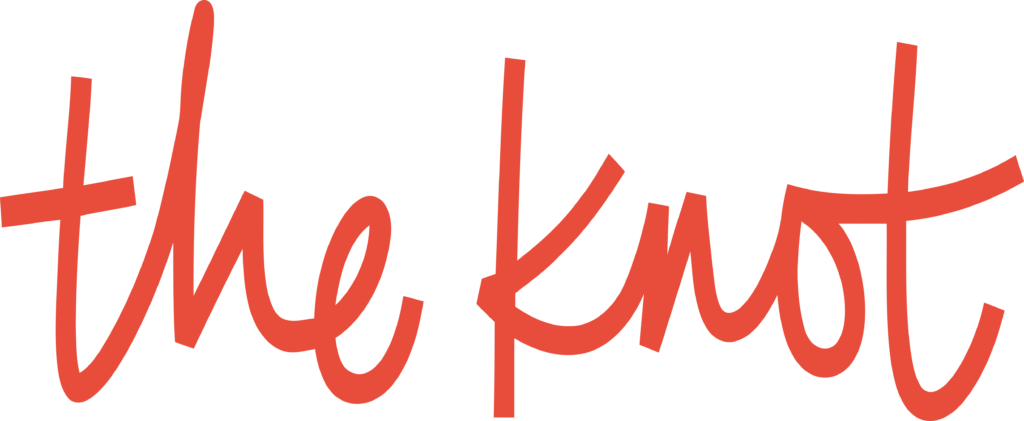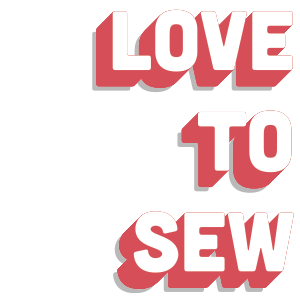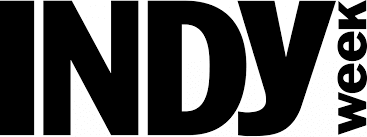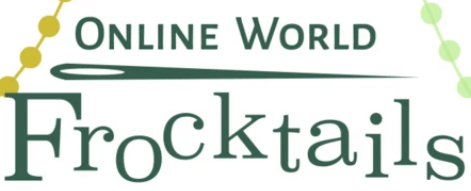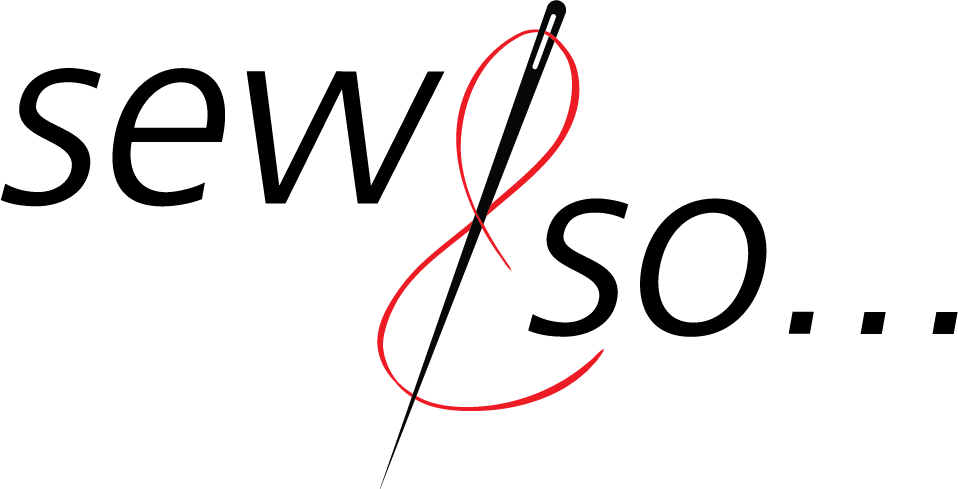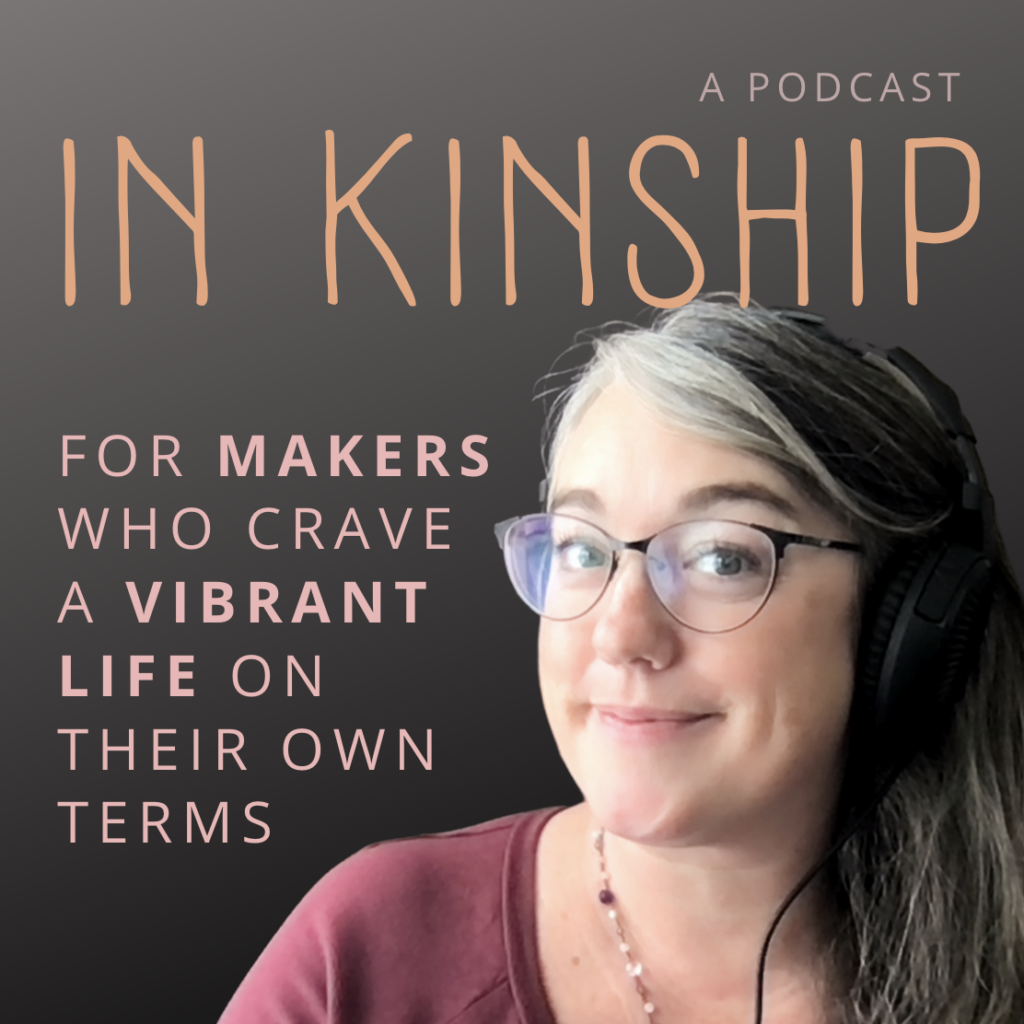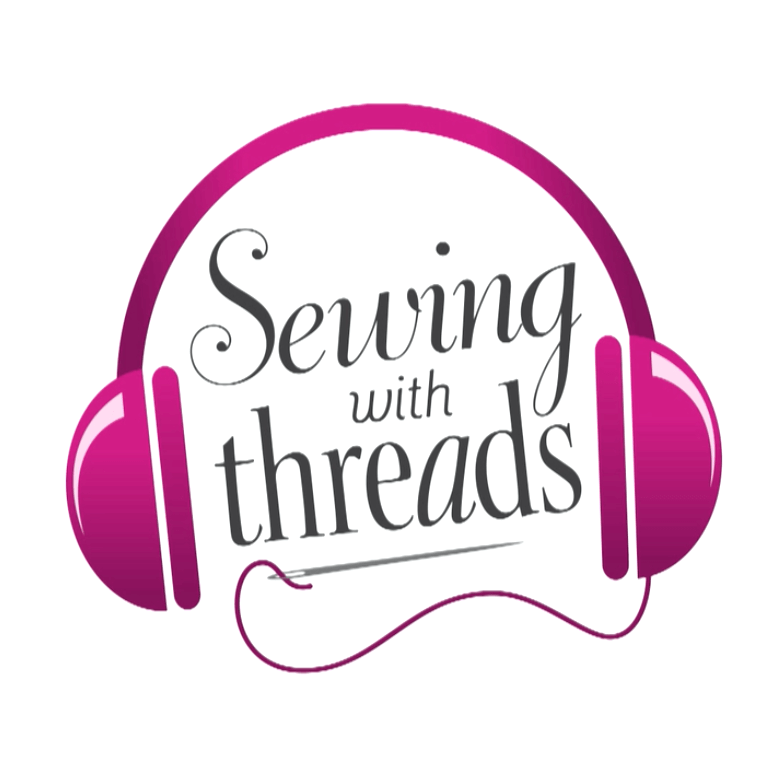I use a combination of draping and flat patterning when making a dress. Draping is where you physically manipulate fabric (by cutting, marking and pinning) directly onto an expertly padded dress form. Flat pattern is when you use measurements and formulas to draft the shapes directly onto the paper.
My method usually involves a lot of draping on the form, then transferring the markings to paper; as well as flat patterning directly to paper, then transferring it to fabric for the form. Back and forth, until it starts looking like the sketch.
Slowly pattern pieces are established using brown paper, pencils, tape, rulers, a french curve and a spiky wheel. I love patternmaking this way! I took a course once in computer patterning, but there’s nothing like getting out a pencil and a ruler and just drafting. My dresses are one-of-a-kind, so the pattern is all done by hand, rather than prepped by a computer, to be sent to a plotter, to be sent to a cutting machine, to cut hundreds (thousands?) of yards of fabric.
What does a pencil drafted pattern look like? I’ve learned and used various cutting methods in the different shops that I have worked, but the method I learned at Yale has always been my favorite. I use brown paper for my patterns and I don’t add seam allowances. The cut edge of the pattern is the stitch line.
I leave my fabric on a roll (not doubled) and lay out each piece individually, precisely marking the notches and stitch lines (the most important lines to keep accurate), and adding seam allowances by hand to each piece. This may seem like it would take more time than if you were using tracing paper and cutting on the double. But to me, you save a lot of fabric by being able to nest each piece, and there is virtually no set up time or expensive paper to buy. I often mark the entire garment while it is still on the roll, rolling up the marked end on a second roll behind me. To me, it is a joy to pattern and cut this way! I find great satisfaction in nesting each piece, much like at Christmas when you want to make as many cookies as you can, nesting the cookie cutters together as tightly as possible. Yum!!
I also just love the way the pattern carries a history on itself when using this method. With each pattern correction, the pattern itself gets folded, marked up, taped to… To me, it ends up being a piece of art itself. Since the pattern is never to be used again, there’s no need to erase this wonderful history!


